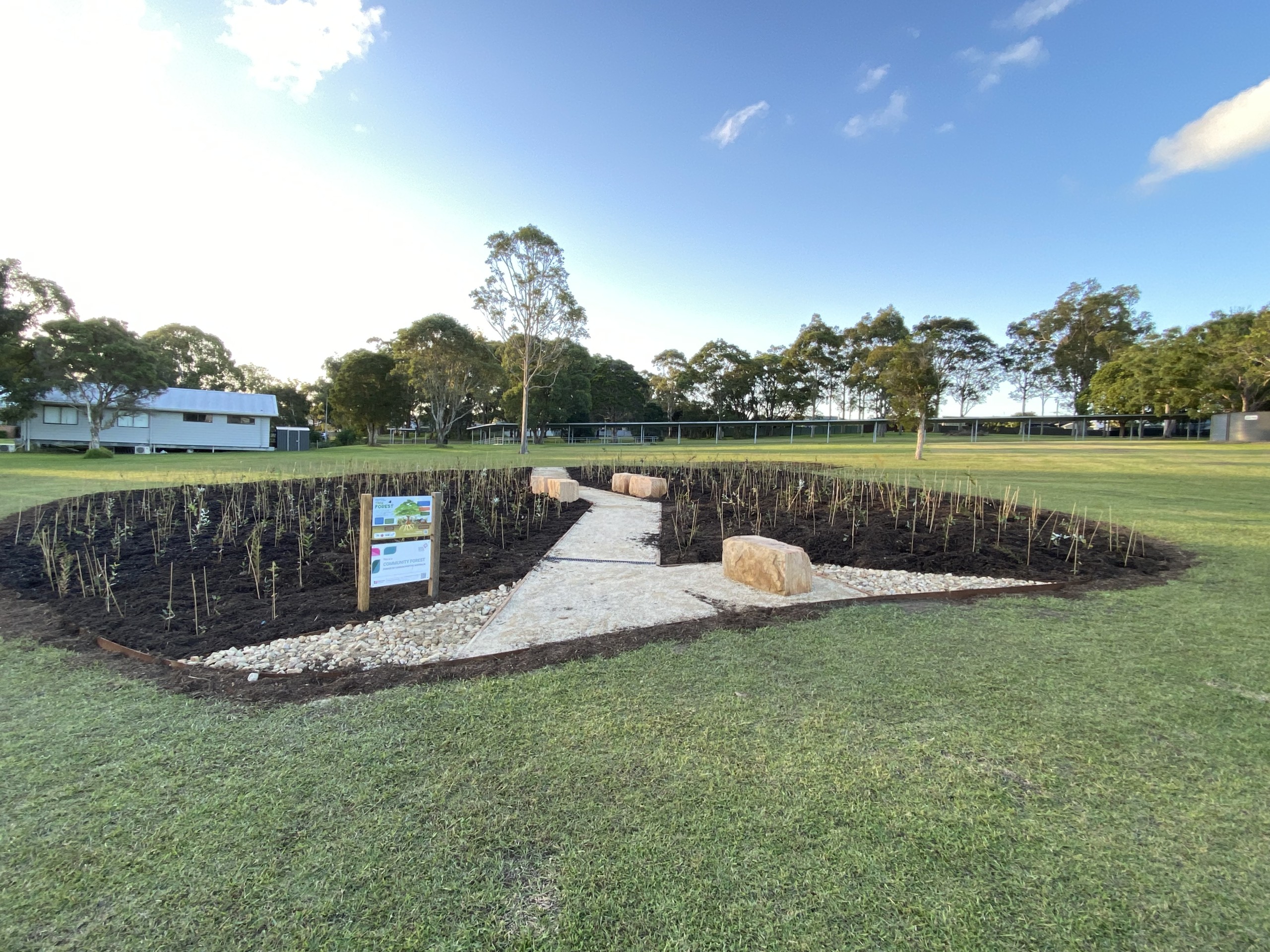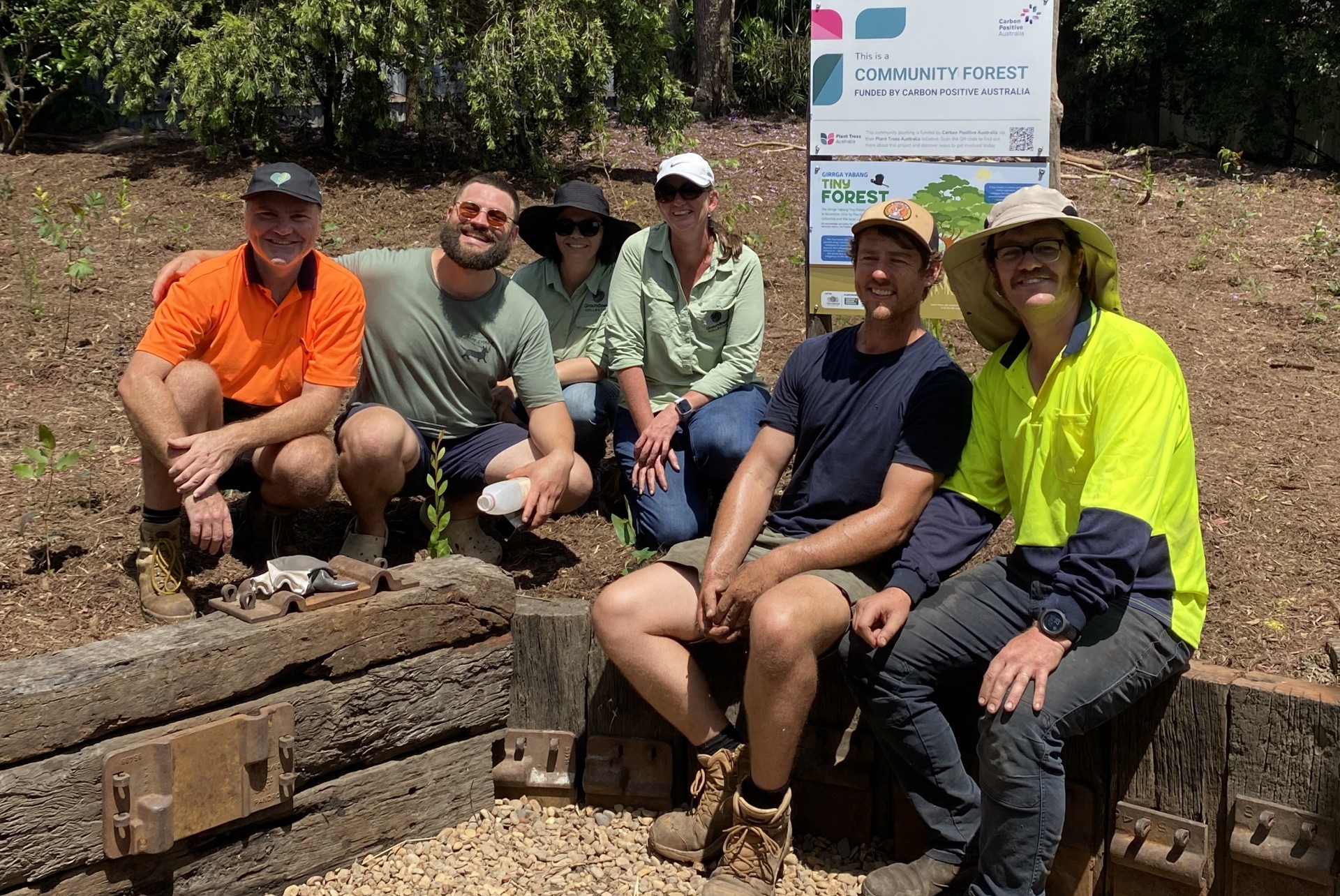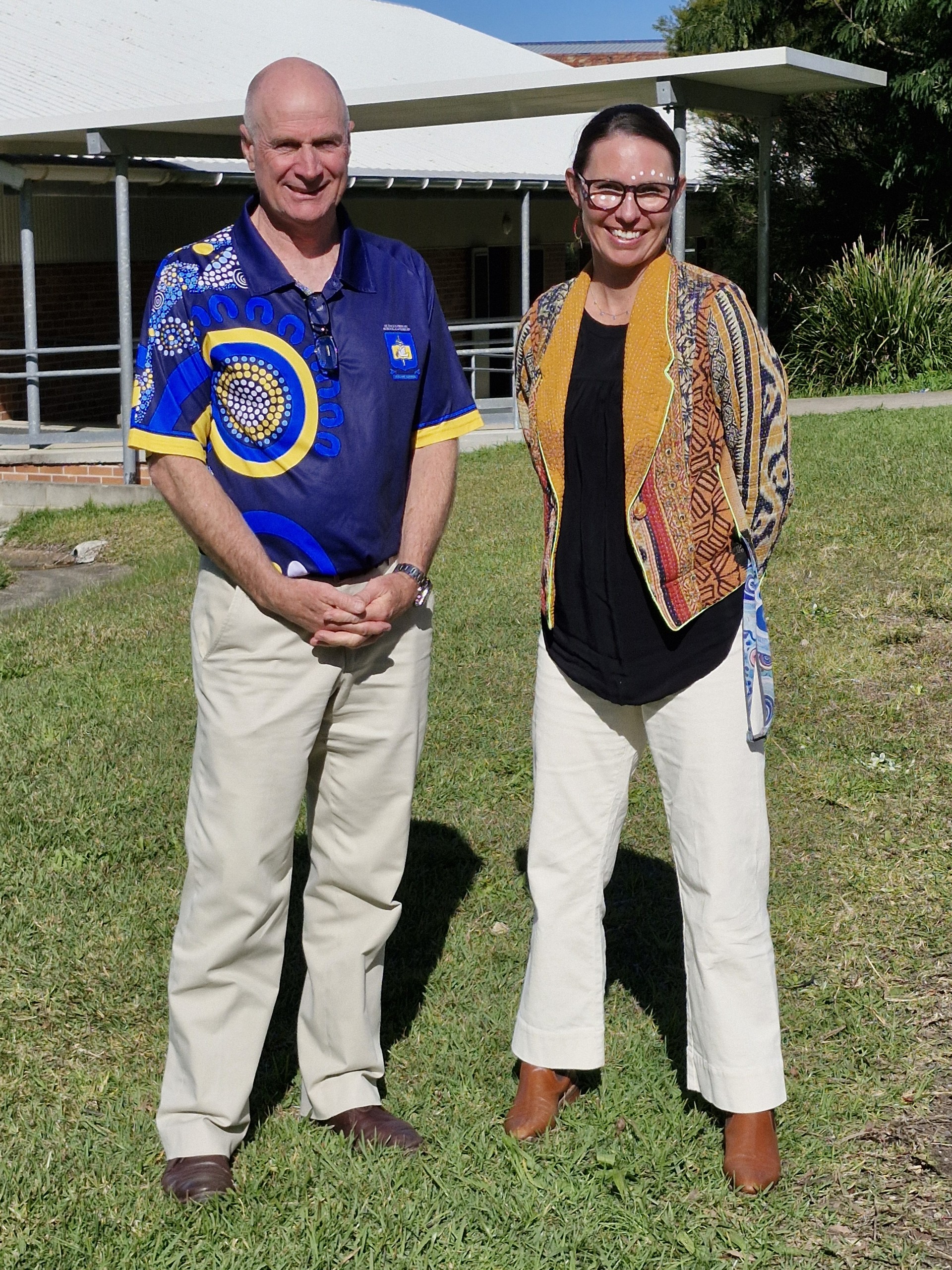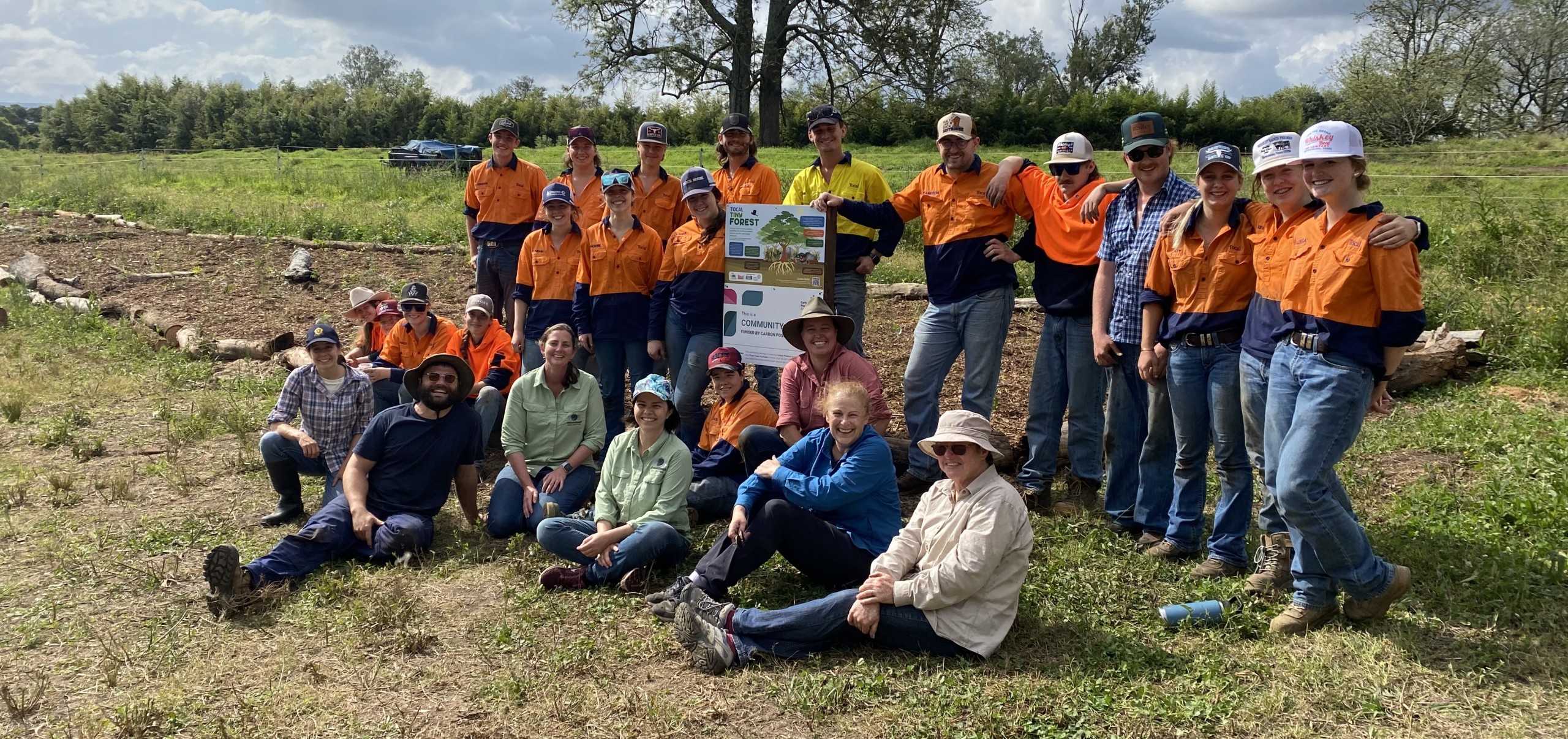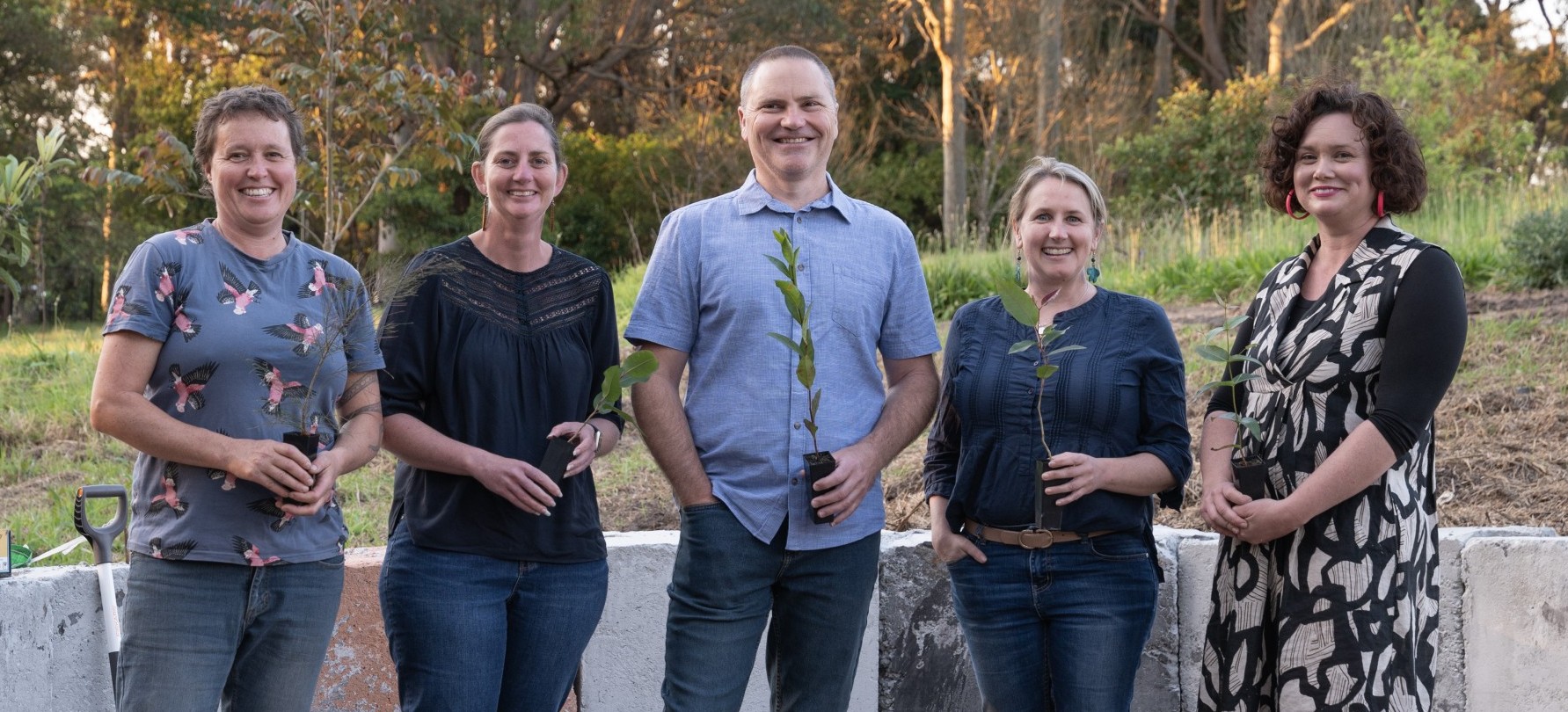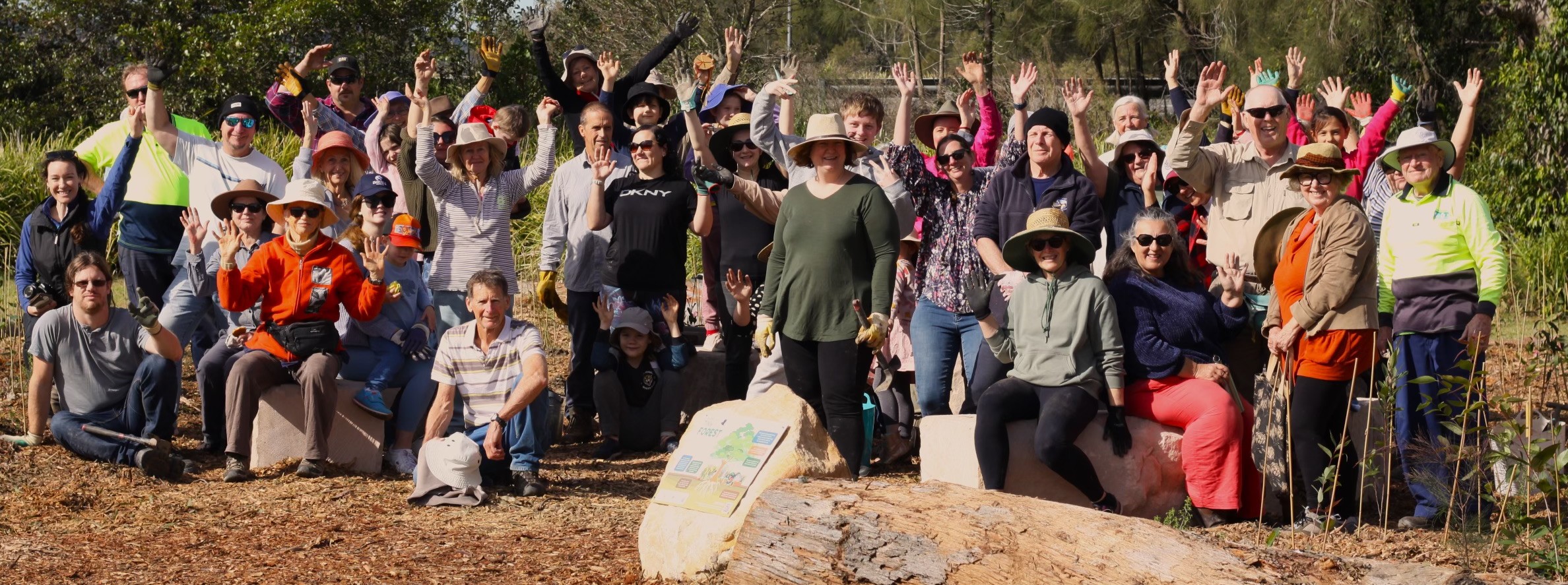Tiny Forest
Tiny Forest bring the benefits of nature right into the heart of our urban spaces, where it’s needed the most.
Tiny Forest are more than just trees. They are a growing movement that reconnect people with nature, enhance wellbeing, help to mitigate the impacts of climate change and provide habitat for wildlife.
Introducing Tiny Forests
- A tiny forest is a compact, self-sustaining ecosystem approximately the size of a tennis court (200m²)
- They consists of a densely packed patch of native species growing in enriched, loosened soil.
- They are based on a planting methodology developed in Japan in the 1970s, by world reowned botanist – Dr Akira Miyawaki and are sometimes referred to as ‘Miyawaki forests’.
- We work to identify suitable sites for tiny forests in both urban and rural areas to restore nature and help mitigate climate change.
- We engage local communities, businesses and schools to plant, maintain and monitor their forest over time. The forest reconnects people with nature, provides oportunities for education and raises awareness of climate change.
- We collect environmental and social data on most of the forests we plant to document their benefits over time and between plantings.
Why Tiny Forests
Population growth is driving land clearing for housing, leading to habitat loss, species extinctions, and worsening the impacts of climate change, such as rising urban temperatures.
Nature-based solutions for urban resilience, such as tiny forests, engage and educate the community in understanding the true value of biodiversity and climate action, and how they can play an important role in contributing to the urban forest.
Program benefits
- Rapid regeneration
- High biodiversity
- Thermal cooling
- Improved soil health
- Stormwater mitigation
- Reduced air and noise pollution
- Improved community wellbeing and resilience
- Education and nature connection
This initiative aims to address and the support the following Sustainable Development Goals






